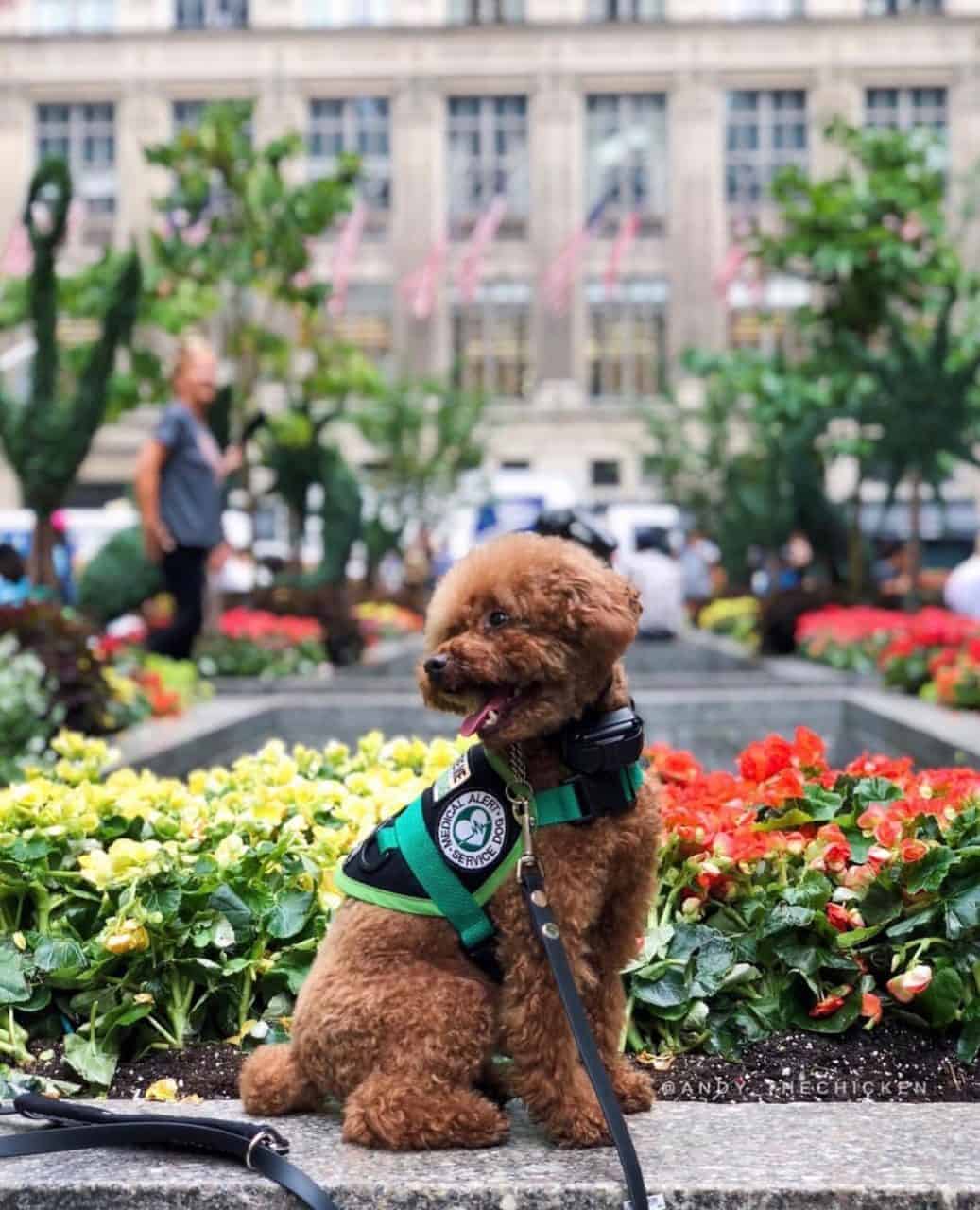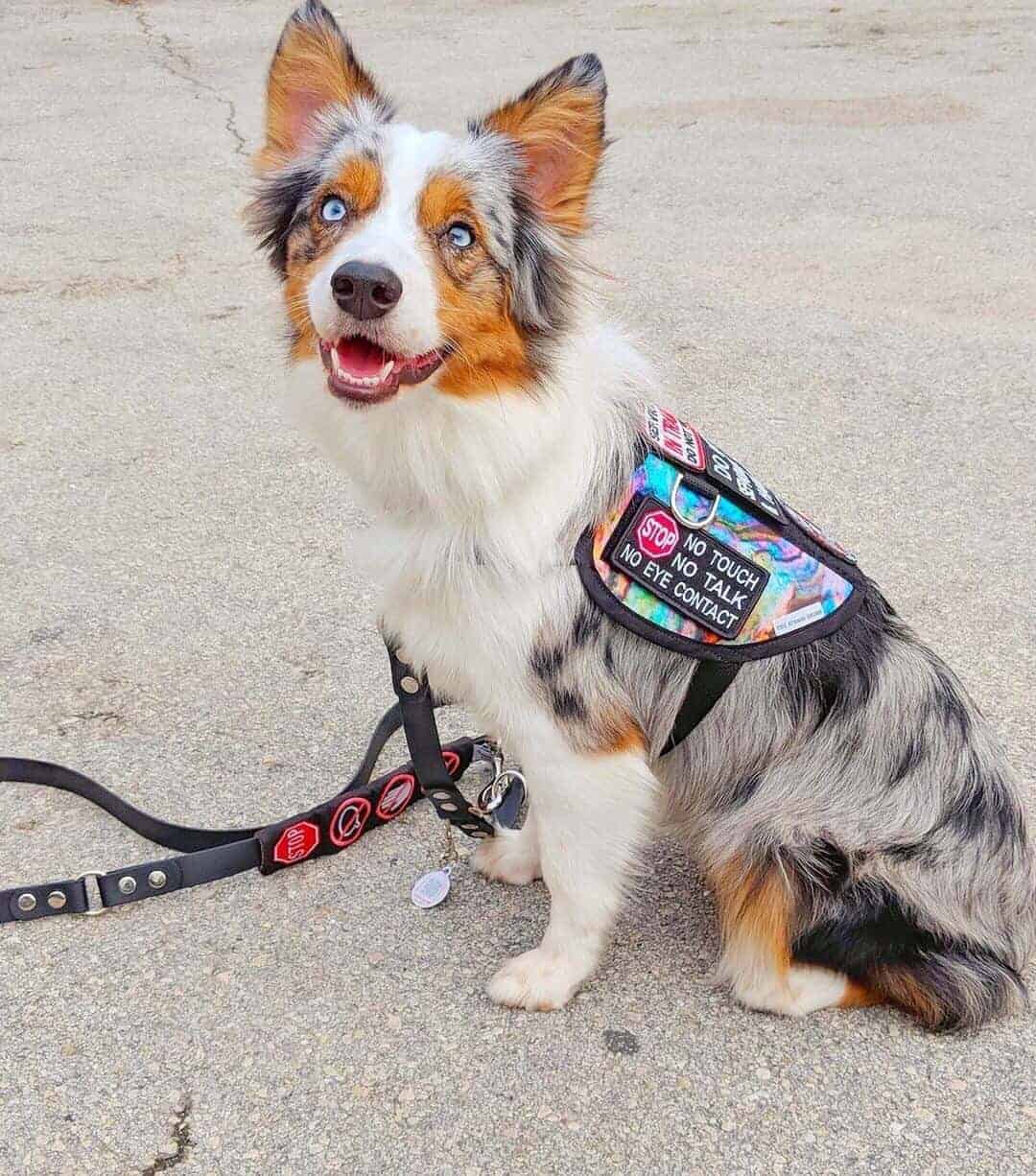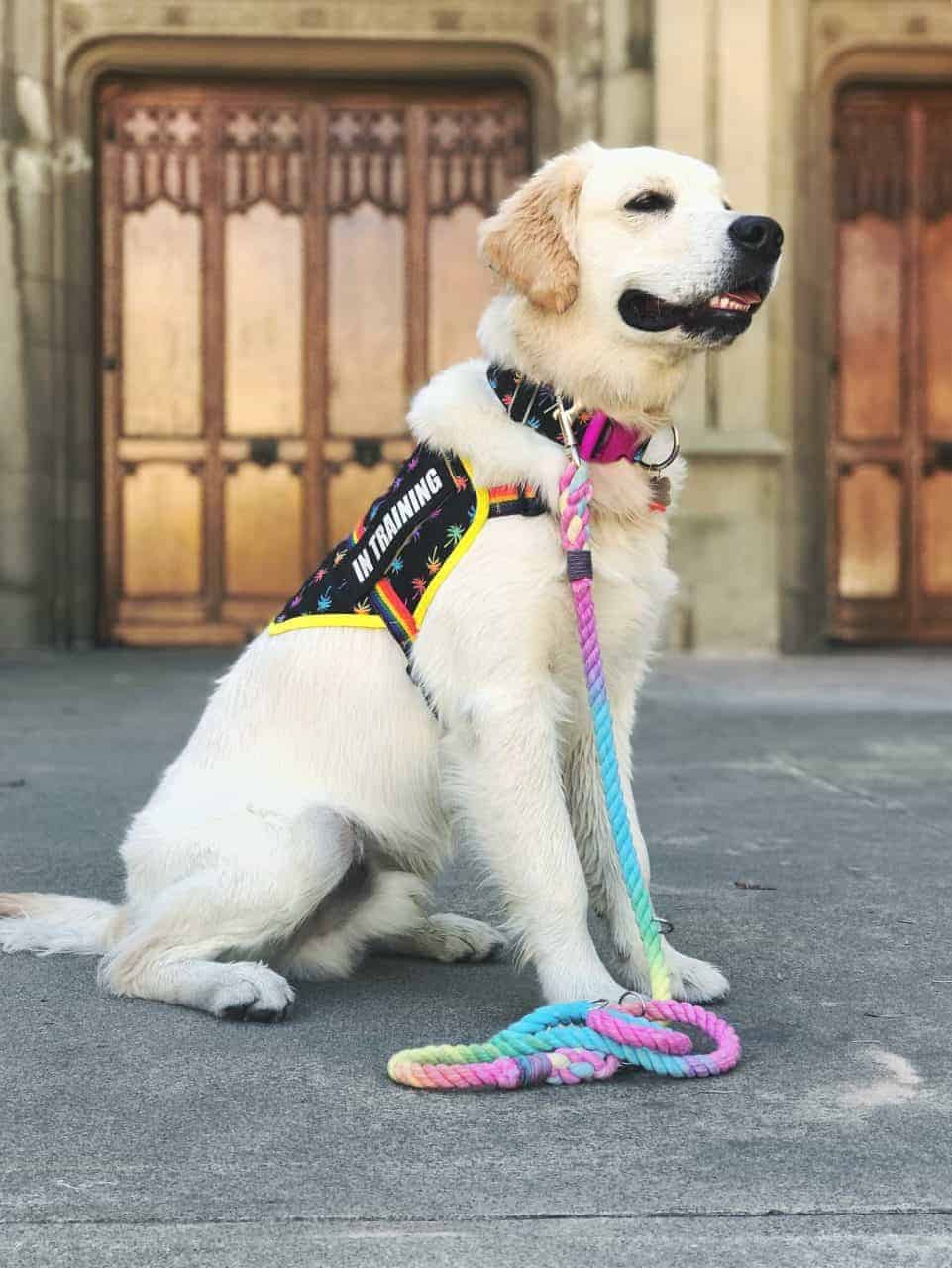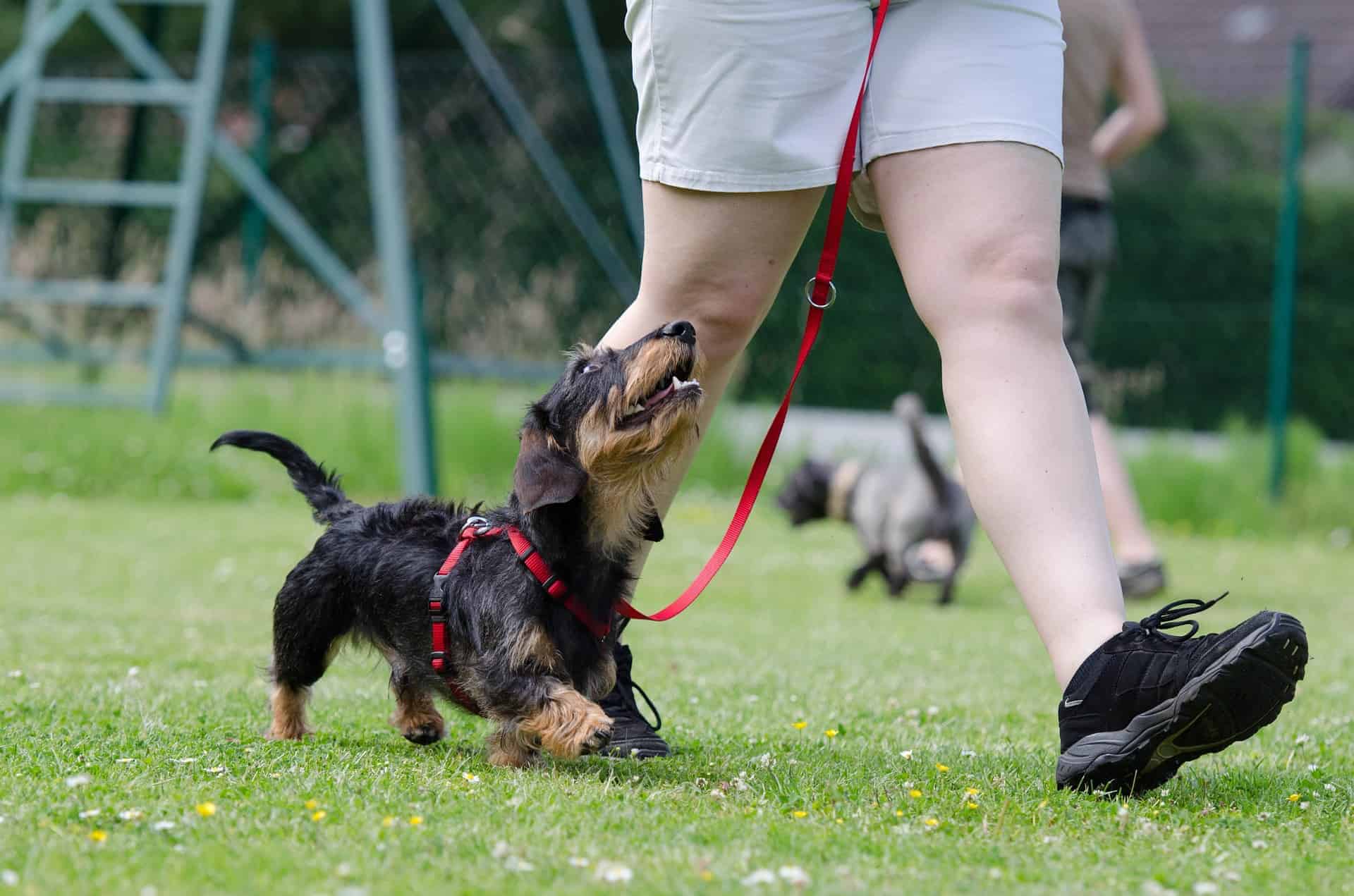Leash the Beast: Why Dog Leash Laws Matter
I started this blog post out as a single post going over general dog leash laws and addressing common objections people have towards leashing their dog.
It turns out that there’s actually a LOT of info related to leashing your dog and a LOT of objections that people have, so it quickly grew into a massive blog post that I decided to split up.
So without further ado, to kick off this series we’re first going to go over what dog leash laws are and why they exist.
What are dog leash laws?
Surprisingly, leash laws don’t exist purely to suck all the joy out of your dog’s life. They actually exist to protect the health and safety of you, your dog, and the people around you.
Leash laws depend on your location.
Individual states have their own leash laws, and counties and cities have leash laws on top of state laws. These local leash laws are typically stricter than state laws.
Let’s take Los Angeles, California for example.
In California, the only actual state law basically says that you’re not allowed to let your female dog wander the streets off leash and risk getting knocked up from all the horn dogs in the neighborhood. Here’s the actual phrasing. That seems fair enough.
But, when we look at the county laws in Los Angeles we can see they are much stricter.
Dogs are not allowed on any public property off leash OR on a leash longer than six feet in Los Angeles County. Here’s the actual phrasing.
It’s important to know your city, county and state laws.
If you don’t know the laws for your location, you can check out this site. Or you can just Sherlock Holmes it, er… Google it by looking up “local leash laws in _____” (insert city and state).
Alright, let’s move on shall we?
Why do leash laws exist?
1. Leash laws exist to protect you
- They lower the possibility that your dog will become knocked up, or knock up another dog (if they’re not neutered or spayed). Therefore saving you many headaches, much money and lots of puppy pee pads.
- They lower the possibility that you will get bit. By a dog who didn’t like the color shirt you wore and decided to go apeshit on you.
- They lessen the chance that you will face liability claims and fees. Violating leash laws is considered owner negligence. This leaves you open to liability issues if your dog injures someone while off leash. But if your dog is leashed, he won’t run into old man George. Old man George won’t fall and break his hip and therefore he won’t sue you. Crisis averted thanks to your dog’s leash.
2. Leash laws exist to protect your dog from themselves
- Help prevent your dog from running into the street and getting hit by a car. Thus preventing massive bets bills, injuries and potentially death.
- Help prevent your dog from getting lost. And then getting stolen.
- It lowers the change that they’ll try to chase something….and then get lost. And then get stolen.
- Your dog will be less likely to get into danger from its shenanigans. It’s hard to fall off a cliff when you’re wearing a leash connected to a human.
- Lowers the chances that your dog will get in a fight. If your dog is ready to go “play” with a dog that does not look happy about that idea, a leash allows you to steer them away and easily prevent a poor interaction.
3. Leash laws exist to protect your dog from others
- They prevent your dog from being stolen. Since, you know, they’ll be attached to you.
- Lowers your dog’s chances of being attacked by wildlife. Rattlesnakes, scorpions, and bears, oh my!
- Lowers the chances that your dog will get in a fight. If the dog across the street is frothing at the mouth at the site of you walking your dog, that owner’s leash protects your dog from being destroyed. Overall, it’s generally easier to prevent poor interaction with a leash than without one.
3. Leash laws exist to protect others from your dog
- Lessens the chance that your dog will injure someone. Your dog won’t be off leash, and therefore won’t run into old man George and break his hip. Again.
- Lessens the chance that your dog will scare someone. Your dog won’t be off leash and therefore won’t scare the living bejeezus out of the five-year-old who is terrified of dogs.
- Lessens the chance that your dog will bother someone. Your dog won’t be off leash and won’t go visit the neighbor to beg for scraps every time they BBQ.
- Help prevent your dog from damaging property. Your dog can’t mosey on over to your neighbor Linda’s perfect rose garden and attempt to dig to China, thus inducing Linda’s wrath.
- You can see when your dog relieves themselves. Therefore, you will have no excuse to pick up their shit since you’ll have a first-row seat to the event.
- Lessens the chances of another person’s dog getting bit, another person getting injured, someone being in an accident to avoid hitting your dog who ran out in the street, and prevents your dog from annoying the neighbors.
Alright, so by now you get that there many excellent reasons to have your dog on a leash.
What’s next?
For the rest of this series we’re going to take a look into the common reasons that people give for choosing NOT to leash their dogs.
We’re going to do our best to put aside our emotional feelings on the matter in order to shed some light on whether or not these reasons are LEGAL and valid reasons to having your dog off leash.
Here’s a sneak peek for some common objections to leash laws that we’ll be covering in the Leash The Beast Series:
- My dog heels next to me 100% of the time. We don’t need a leash
- My dog is really well trained. I want to show people how important training is by showing that she can heel without a leash.
- I like to hike with my dog. He stays pretty close to me and I want him to enjoy the hike off leash.
- My dog is a service dog and needs to be off leash so they can task.
- My dog needs to run around. The street is a good place to play fetch.
Alrighty folks, that’s it for now! Stay tuned for more!








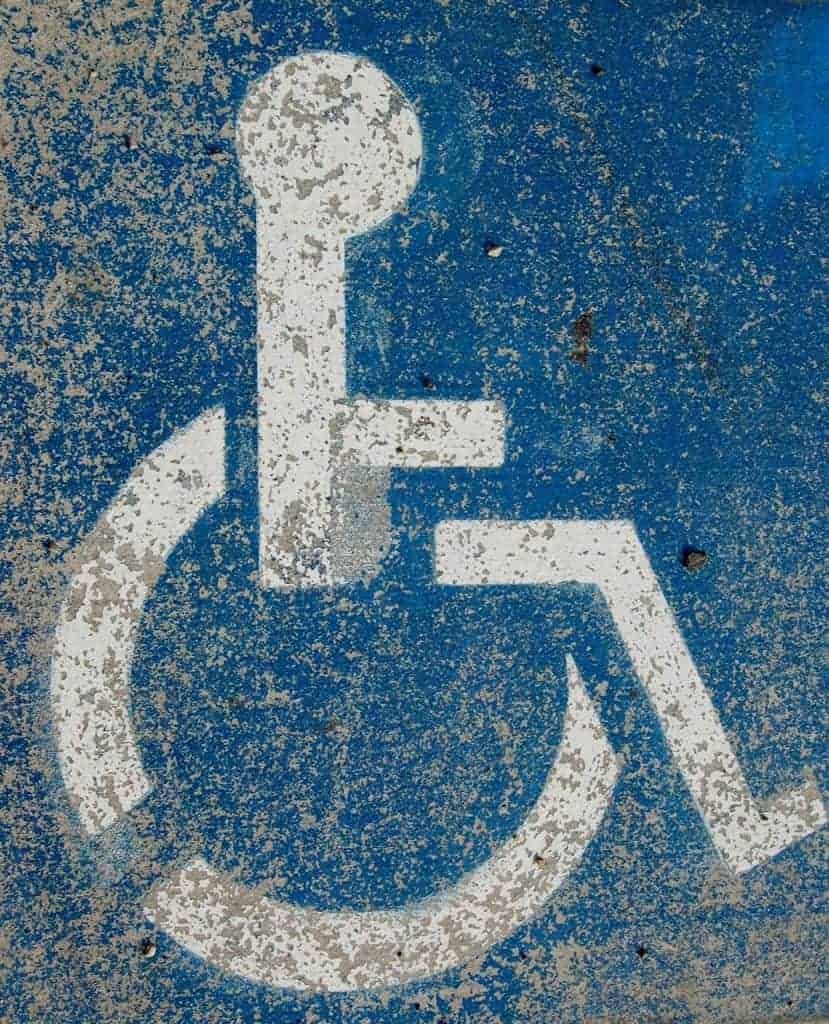

 Dogs are expensive, Service Dogs are even more expensive, and most people with disabilities make less money than their able bodied peers.
Dogs are expensive, Service Dogs are even more expensive, and most people with disabilities make less money than their able bodied peers.
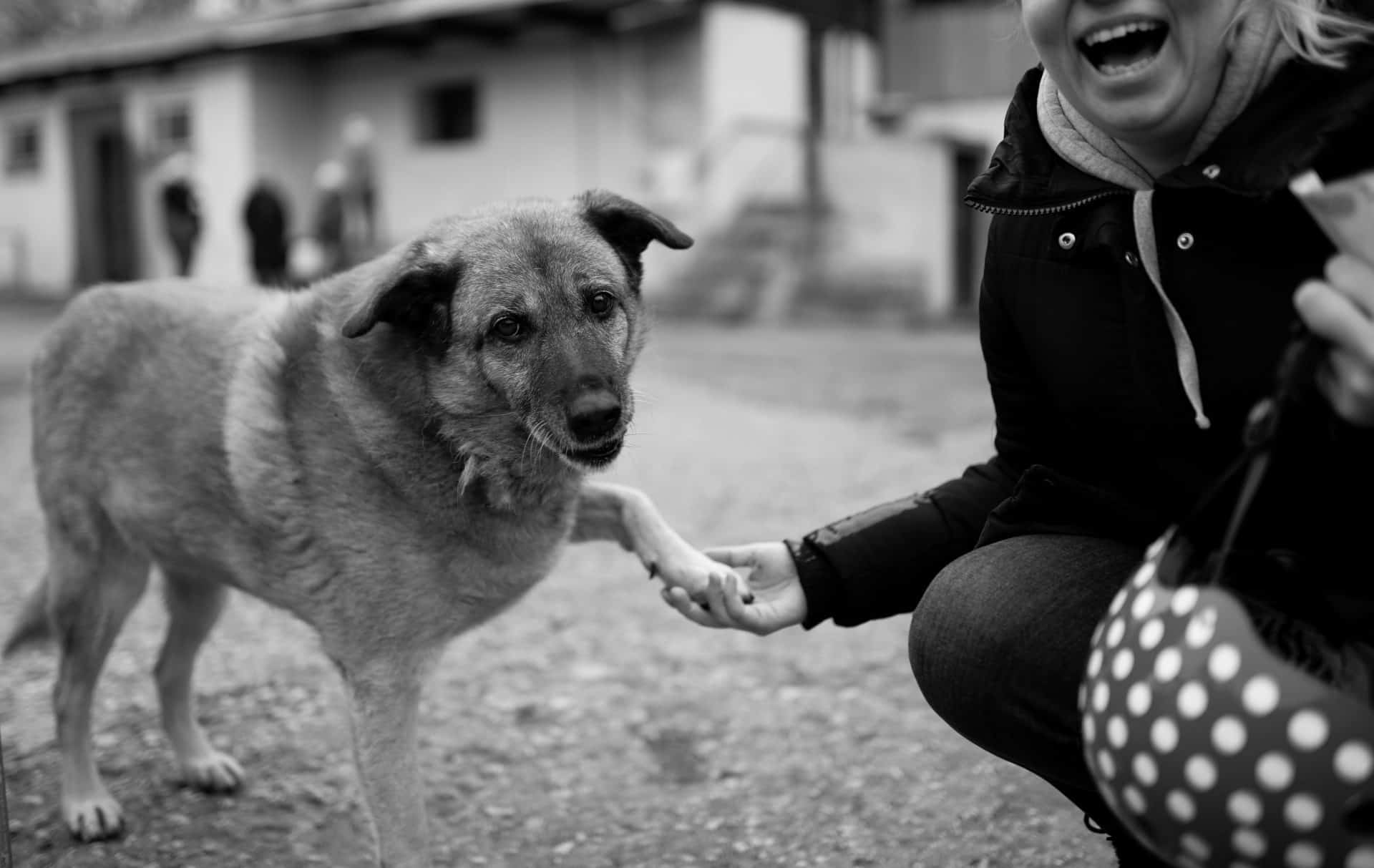



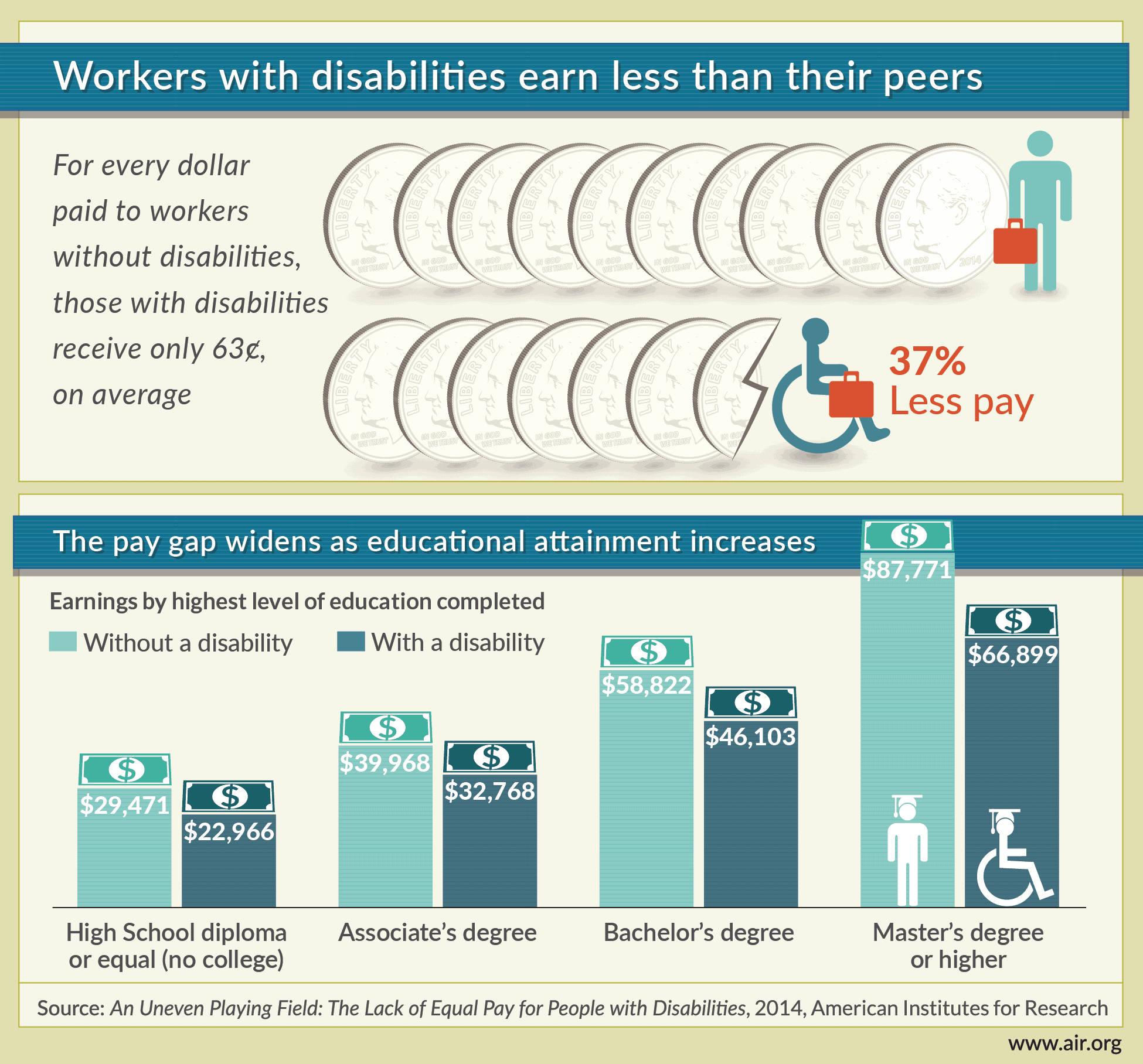
 Owning a service dog means you go literally everywhere with a dog. While your service dog is your medical lifeline, the general public doesn’t necessarily see it like that.
Owning a service dog means you go literally everywhere with a dog. While your service dog is your medical lifeline, the general public doesn’t necessarily see it like that.

 start with the inner demons, a.k.a the self doubts and judgement about having an Service Dog that might plague your waking hours.
start with the inner demons, a.k.a the self doubts and judgement about having an Service Dog that might plague your waking hours. 
